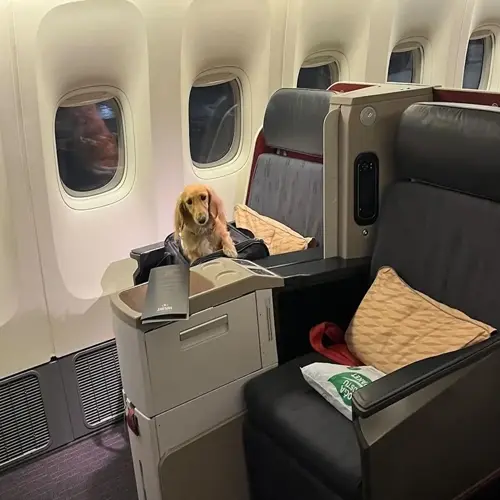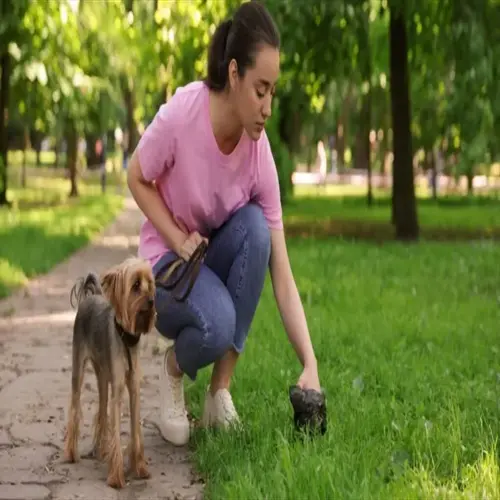How do continuing education units (CEUs) work for trainers?

Written by
Hoang Long
Reviewed by
Prof. Edward Clarke, Ph.D.Continuing education units (CEUs) keep dog trainers updated on ever-changing techniques. These updated training methods maintain the trainer's certification as they improve their skills in both methods and techniques. Various certifying agencies have different guidelines governing CEUs. There needs to be a balance between required training and flexibility for full-time workers to pursue training investment opportunities.
Certification Maintenance
- CCPDT requires 36 units every three years
- Documentation through approved workshop certificates
- Online portals track progress automatically
Legal Compliance Updates
- German §11 mandates biannual animal welfare law training
- Facility inspections verify implementation
- Regulatory changes incorporated into practice
Specialization Advancement
- Behavior modification certifications need case studies
- Predation substitute training requires supervised hours
- Therapy dog credentials involve temperament testing
Accessible Learning Formats
- Free IAABC webinars offer foundational units
- Premium Karen Pryor courses provide advanced techniques
- Local workshops combine networking with education
My continuing education journey blends free resources and paid ones. Each month, IAABC webinars highlight new research. I am attending Karen Pryor's yearly sessions, which improve my toolbox of techniques for my clients. This blend keeps expenses within bounds while ensuring I meet all CCPDT requirements efficiently. Planning prevents last-second credentialing woes.
The application of theory is demanded of specialization CEUs. I received my predation substitution certification, which documents 50 hours of supervised training. The case studies followed the clients in their progress, going from car chasing to focusing on ball retrieval. The hands-on approach taken will guarantee the skills learned will have a direct application toward results with the client.
German §11 compliance has unique factors to consider. We make changes to the facilities that take place in conjunction with coursework and biannual audits. The latest changes included putting sound treatment in the facility for anxiety cases. These hands-on changes demonstrate the far-reaching impact of CEUs on practical skills, extending beyond the knowledge gained in the course.
CEUs offer networking opportunities in the form of workshops. I have developed referral partnerships with veterinary behaviorists at conferences. These partnerships have improved the outcomes for clients because we work collaboratively on cases together. Continuing education can be both skill-building and community-building at the same time.
Read the full article: Professional Dog Training: Ultimate Career Guide

